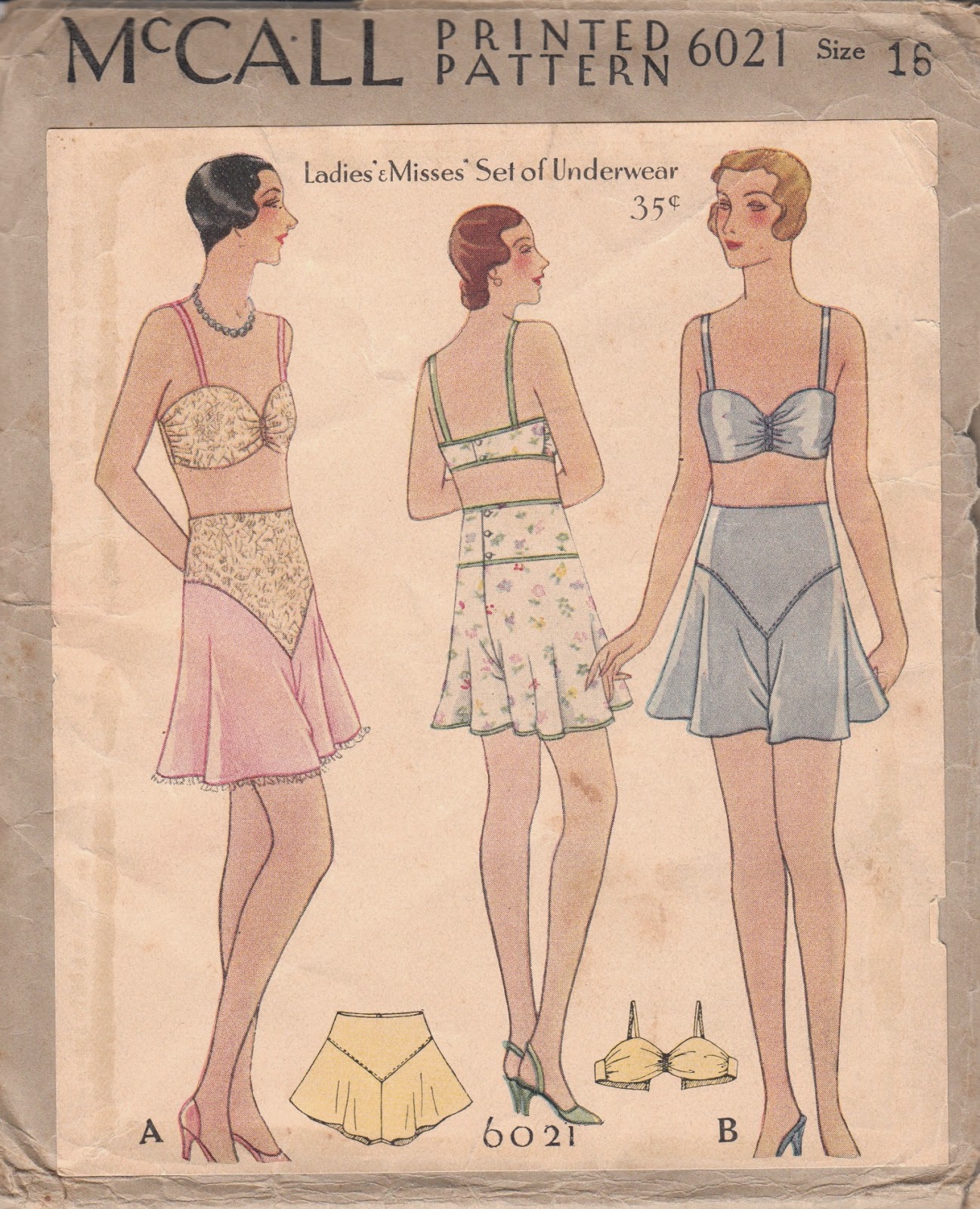Portuguese Folkloric Costume: Chemise
My town has a strong immigrant presence: waves of Irish, Italian, Portuguese, and South American immigrants have enriched the community for centuries. As a child and teenager I danced in my local Portuguese Folkloric dancing group. We bought our costumes straight from Viana do Castelo in the province of Minho, Portugal, whose emblematic folkloric history is often used to represent all of Portugal.
Though the Minho area has several costumes for different regions, people, or occasions, we wore the red Traje de Lavradeira--the working woman's costume. This costume in itself has different variations in color and region, though generally the red costume is associated with happiness and young women. Folk Costume & Embroidery has an excellent post about these outfits and their variants.
The costumes are constructed with historical sewing techniques: embroidery, cartridge pleating, gussets, hand bound eyelets, smocking. I'm fascinated with the mix of modern and historical techniques and materials. Through the next few posts, I'll be showing you all the pieces of my costume!
The first layer is the Chemise, though mine is more of a shirt. Bear in mind that I wore this outfit when I was much smaller; the chemise/shirt would hit the top of my thigh. My dress form's proportions are awkward, so the chemise/shirt hangs very oddly.
The shirt is made of 100% cotton; traditionally, they are made of linen. It is embroidered with azure blue cotton thread in a satin stitch, a herringbone stitch, and a decorative border stitch (?). The front placket and sleeve cuffs fasten with large snaps.
The sleeves are softly gathered into cuffs.
If only my chemises and camicias looked this neat! The wide sleeve is tightly smocked at the top. The sleeve gusset has been showing up in undergarments for centuries, and both my 18th century chemise and Italian camicia are sewn in this way.
The satin stitched flowers are complimented by stem stitching (I believe) and french knots. I've always loved how lush and heavy the embroidery is!
The side seams open into about a 5 inch slit. The interior seam allowances are zig-zagged to prevent fraying.
This shirt was actually my more recent one, the one I wore as a teen. We fell in love with this more decorated version! My child chemise/shirt is not as decorated and detailed as this one. It lacks the slits along the side seams. Both the smocking and the embroidery are more sparse. This chemise/shirt is smocked into the cuff, rather than gathered. For whatever odd reason, the placket on this shirt opens in the opposite direction.
The rest of the series will cover the skirt, apron, pocket, bodice, undergarments, and accessories (shoes, socks, scarves, and delicious jewelry). These garments have such a quaint quality to me, being that they are handmade by independent laborers and that they represent my country's culture!
Though the Minho area has several costumes for different regions, people, or occasions, we wore the red Traje de Lavradeira--the working woman's costume. This costume in itself has different variations in color and region, though generally the red costume is associated with happiness and young women. Folk Costume & Embroidery has an excellent post about these outfits and their variants.
The costumes are constructed with historical sewing techniques: embroidery, cartridge pleating, gussets, hand bound eyelets, smocking. I'm fascinated with the mix of modern and historical techniques and materials. Through the next few posts, I'll be showing you all the pieces of my costume!
The first layer is the Chemise, though mine is more of a shirt. Bear in mind that I wore this outfit when I was much smaller; the chemise/shirt would hit the top of my thigh. My dress form's proportions are awkward, so the chemise/shirt hangs very oddly.
The shirt is made of 100% cotton; traditionally, they are made of linen. It is embroidered with azure blue cotton thread in a satin stitch, a herringbone stitch, and a decorative border stitch (?). The front placket and sleeve cuffs fasten with large snaps.
The sleeves are softly gathered into cuffs.
If only my chemises and camicias looked this neat! The wide sleeve is tightly smocked at the top. The sleeve gusset has been showing up in undergarments for centuries, and both my 18th century chemise and Italian camicia are sewn in this way.
The side seams open into about a 5 inch slit. The interior seam allowances are zig-zagged to prevent fraying.
This shirt was actually my more recent one, the one I wore as a teen. We fell in love with this more decorated version! My child chemise/shirt is not as decorated and detailed as this one. It lacks the slits along the side seams. Both the smocking and the embroidery are more sparse. This chemise/shirt is smocked into the cuff, rather than gathered. For whatever odd reason, the placket on this shirt opens in the opposite direction.
The rest of the series will cover the skirt, apron, pocket, bodice, undergarments, and accessories (shoes, socks, scarves, and delicious jewelry). These garments have such a quaint quality to me, being that they are handmade by independent laborers and that they represent my country's culture!















